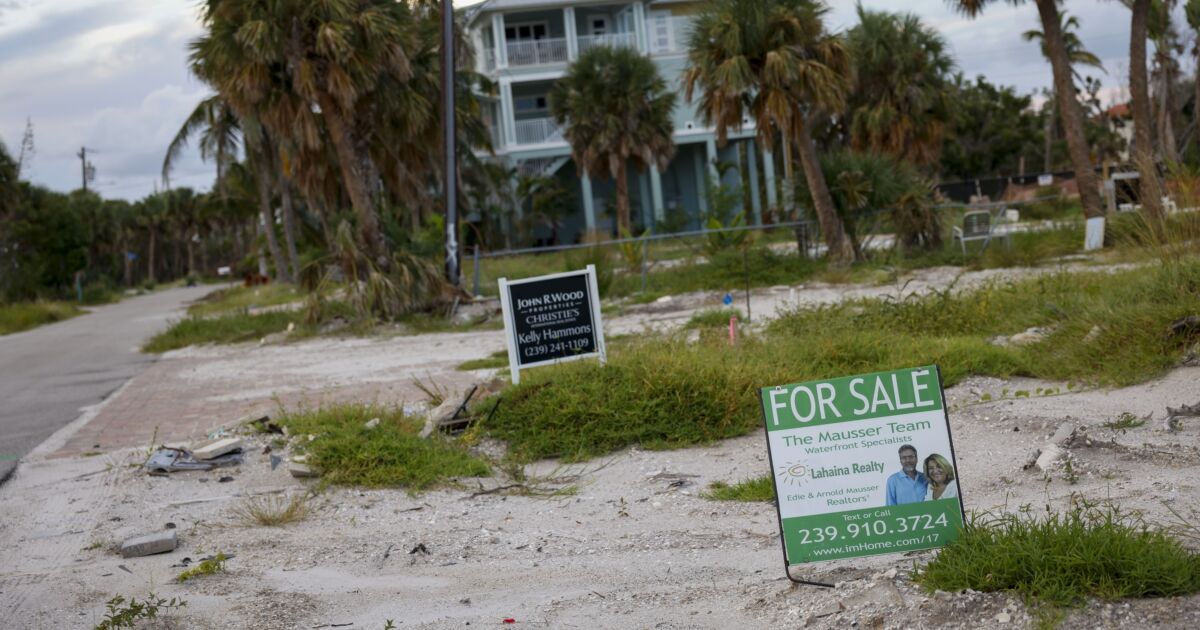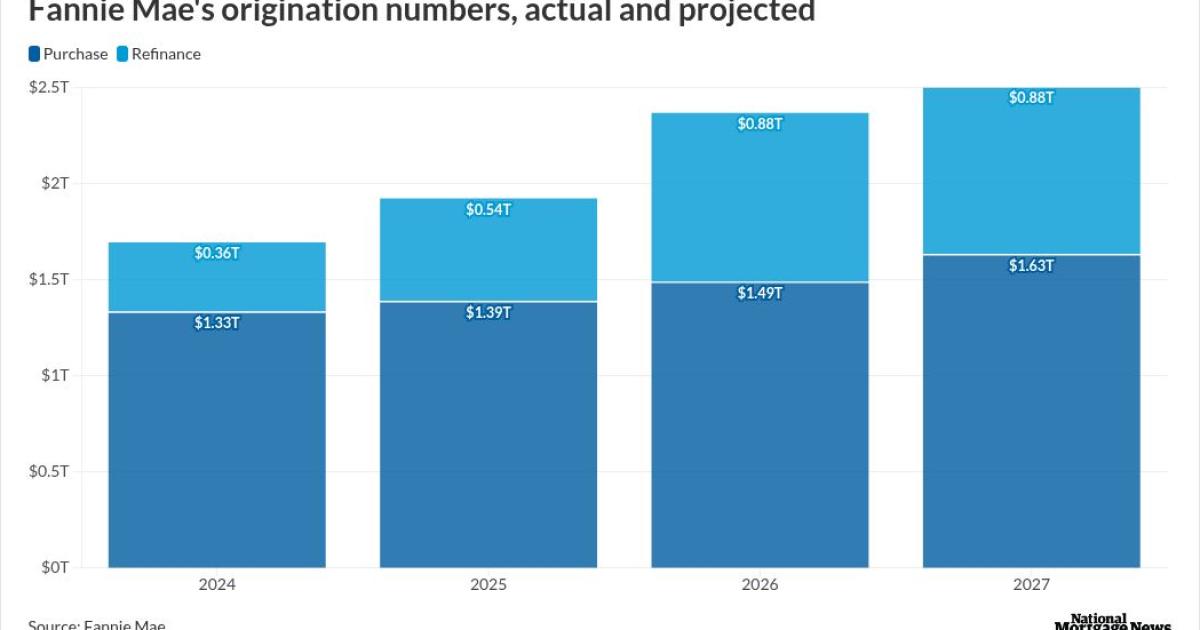
The mortgage industry continues to experience significant shifts driven by environmental, social, and governance factors. From new public entity reporting requirements, to the
Here are some of the latest ESG items to consider:
Disclosure Status: Earlier this year, the Securities and Exchange Commission
Hazard insurance challenges leading to affordability challenges: A rise in the frequency and severity of natural disasters has caused cracks in the insurance system with more
Housing pressures to continue: Affordability challenges have increased due to the perfect storm on multiple fronts. Many desirable locations are increasingly prone to natural disasters, shortages of affordable housing options coupled with rising costs of materials and labor continue to push up the cost of post-disaster repairs, climate resiliency upgrades, and overall home prices.
Outcomes and opportunitiesThe intersection of ESG and climate change also brings several potential outcomes and opportunities for the mortgage industry. While pricing payups are still premature, mission bonds and other emerging specialized programs will align the mortgage industry with ESG principles. Fannie Mae and Freddie Mac have pioneered the issuance of mission bonds, reflecting a strong commitment to ESG goals. These bonds are designed to encourage investment in single-family and multi-family properties with positive environmental profiles, such as energy-efficient homes and have incorporated traditional social bond measurements into the mission index bond calculations. Until the payups are more widely realized in the capital markets space, the GSEs are offering loan-level price adjustments via special programs and pricing adjustments to support low-income homebuyers and other underserved markets. These adjustments can make mortgages more affordable for income-limited, first-generation, and first-time buyers, contributing to broader homeownership. Lenders who want to be at the forefront of the industry should actively engage with these programs. Participation not only supports sustainability goals but also positions lenders as leaders in an evolving market.
The Mortgage Industry Standards Maintenance Organization is working on standardized data definitions, which will streamline ESG tracking and reporting. Current initiatives include defining data standards for social and environmental ESG reporting and flood risk disclosures.
Climate Resiliency: In addition to these areas of change and opportunity, there is an area we have little if any control: the effects of the environment. The escalating climate risk poses a significant challenge for the mortgage industry. However, halting mortgage issuance in high-risk areas, which some have suggested should happen, is not the solution.
Instead, the industry should focus on measurement and reporting of climate risk in an ESG context. The growing impact of climate change on real estate markets necessitates a focus on climate resilience. The industry must develop strategies to support the management and mitigation of these risks rather than retreating from affected areas.
One of the simplest ways to do this is through home equity and renovation lending for improved climate resiliency. As lenders, we can help build climate-resilient communities one property at a time by supporting housing that can withstand natural disasters, thereby ensuring long-term sustainability.
As an industry committed to fair housing, it's important for us to understand
Economic disparities also mean that minority communities might have fewer resources to move to safer locations. Efforts to enhance climate resilience should ensure that all communities, including minorities, have access to safe and affordable housing. Shutting down lending in high-risk areas would disproportionately affect these communities and undermine fair housing principles.
Lenders should be focused on investing in measures to make homes more resilient to natural disasters. This key fact is essential for the mortgage industry's sustainability. The industry should also back building standards and community planning that develops comprehensive plans to address climate risks and prioritize the protection of vulnerable areas. Encouraging local communities to implement and enforce building codes requiring homes to withstand natural disasters may involve higher upfront costs, but the long-term savings and the protection of lives and memories from future climate events justify the investment.
In addition, with a small tweak to the existing measurement of ESG, various investors could incentivize these resilient structures while they also create ESG benefits. One option is to provide incentives for homeowners to retrofit their properties with resilient features, such as stormproof windows and reinforced roofs. Most of the space right now for ESG and Green Bonds only takes new construction down this path when resiliency renovation has a much larger role to play in helping homeowners adapt to rising disaster risk.
The mortgage industry is at a pivotal moment, facing the dual challenges of ESG imperatives and climate change. Limitations on lending in certain areas is not an acceptable response. By embracing transparency, providing innovative financial products and promoting climate resilience, the industry can navigate these challenges and create a more sustainable future.



